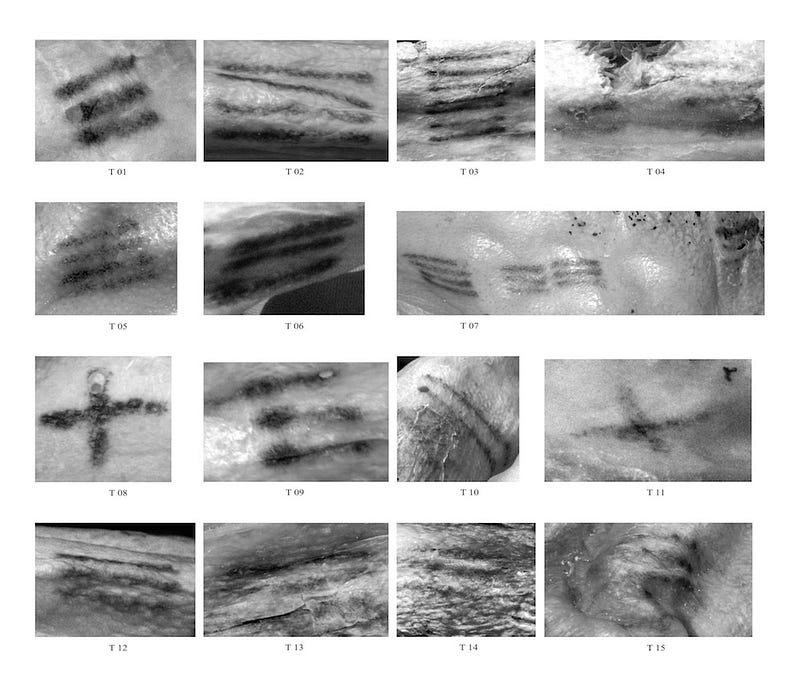
As I packed up my dorm for the last time, I couldn’t help but reminisce with my suite mates and friends from over the years. While they’d be walking the stage and getting their degrees, I would be staying behind for another semester at Quinnipiac. In the fall, I’ll be wrapping up my degree requirements with three classes- a continuation of each typography and web design, and portfolio. Switching majors as I entered junior year of college guaranteed I wouldn’t graduate on time; however, I was fortunate enough to power through most of my requirements and landed myself with a single, part-time semester tacked on to my 4 years of college. While I’m excited for the final classes to begin, I have a summer of work ahead of me, and more importantly, I’m beginning my career as a graphic designer.
From January to May, I spent hours applying to internships. I read dozens of postings and lists of requirements. I threw resumes and cover letters together for any and every company I could. Just as a regular job search goes, looking for an internship was no easy task. There’s tons of qualified students out there, and being over an hour away from major design hotspots, options are pretty limited when you have to keep your responsibilities in mind. Luckily, I heard back from a local non-profit, and from the first interview, I knew I had found the internship. After two interviews and a briefing, I was hired as a graphic design intern. I also accepted a summer position at my school, continuing the role I have worked for the past 3 years. Between 12 hours of interning a week and 24 hours of answering phones and running errands, life hasn’t slowed down since I wrapped up finals.
Currently, I’m working on building comps for a mobile app, creating social media posts, and sifting through pre-existing material to get some ideas. I’m also still taking commission work, and just wrapped up an awesome project for a candlemaker. This summer will surely be a busy one, but it’s all for the future, and I can’t wait to share the ideas I come up with.











